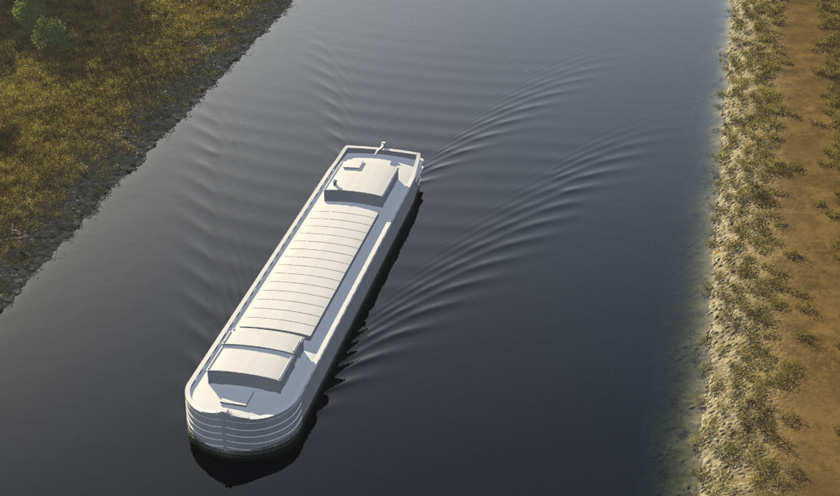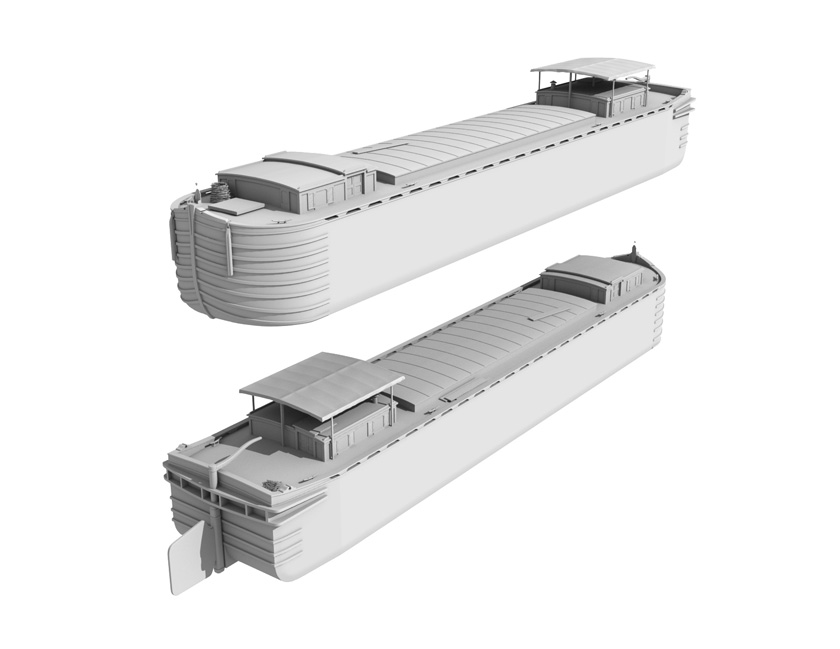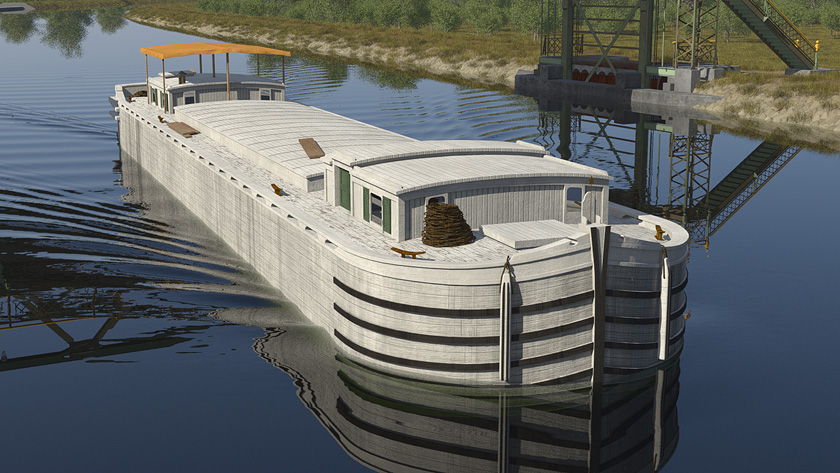
The canal scene is to be set in 1915 or 1916, a time of change for the Erie Canal. At enormous public expense, the canal was being upgraded to compete with the railroads. It was widened, all of the locks were replaced and enlarged, and dams and reservoirs were built to replace much of the original channel with “canalized” sections of the Mohawk River and other streams. The work began in 1909 and continued into 1917.
Wooden canal boats pulled by teams of horses or mules were being phased out. Eventually they would be replaced by large steel barges pulled by commercial tugboats. But change comes gradually at best and in 1917 all U.S. steel production was diverted to the war effort. So at this time there were still many traditional wooden Erie Canal boats in service. Some were animal-powered, some were towed by tugs. Some were combined into fleets of two or three boats and pushed and pulled by wooden steamers.

At this time the classic Erie Canal boat was the lakeboat or “laker,” which was around 98 feet long and had a cargo capacity of 240 tons. Lakers carried lumber, coal, gravel, and grain between Buffalo and Albany, or all the way to New York City via tug along the Hudson River.

My laker is based on plans drawn by Robert E. Hagar and now held by the Chittenango Landing Canal Boat Museum. It measure 97½ feet from bow to stern and has a draft of about 9 feet. In the traditional laker, the front cabin served as the stable (or “bowstable”) for the animal teams. Living quarters were in the stern cabin. It wasn’t unusual for entire families to live and work on board all season.


